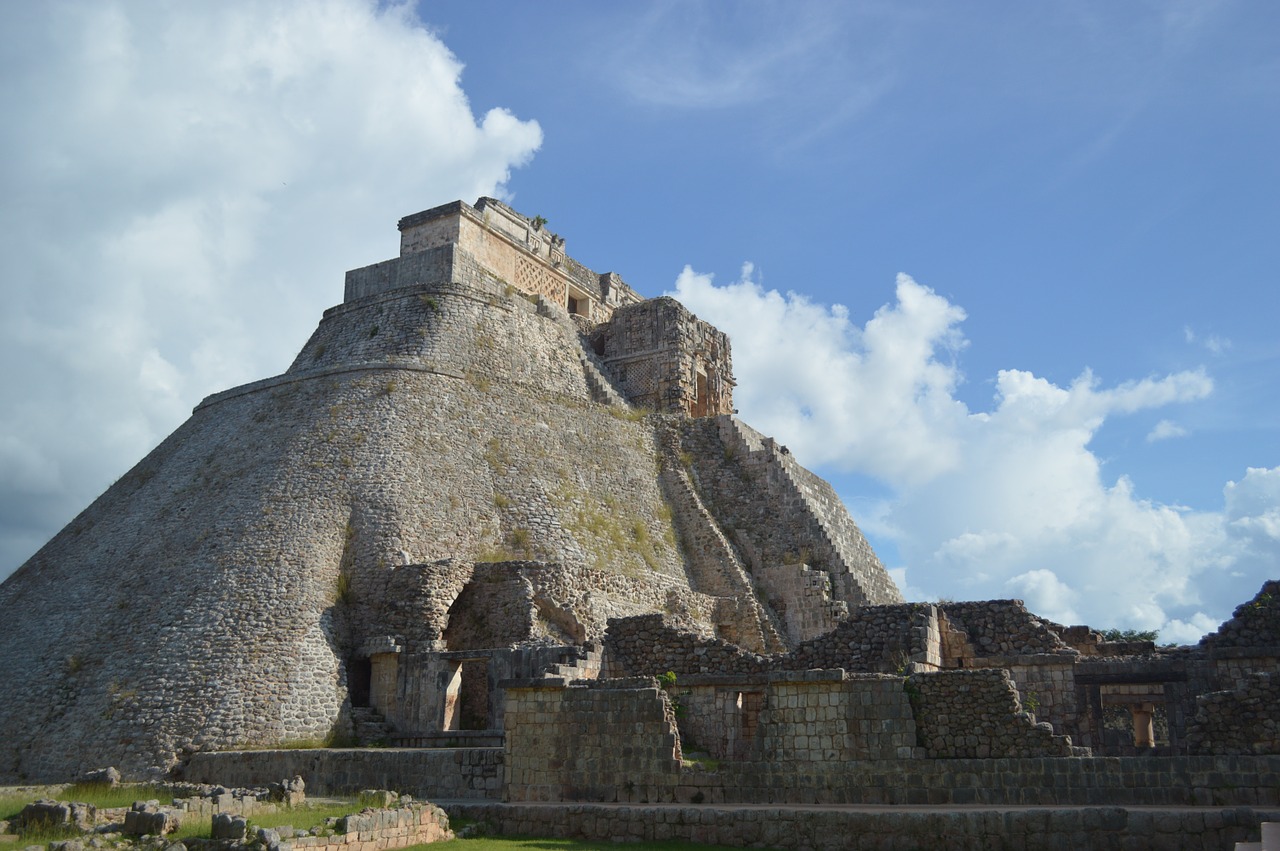
Formed from the alliance between Tenochtitlan, Texcoco, and Tlacopan city-states, the Aztec Empire refers to a near 100 year-rule between the years 1428 and 1521 over the land lying in the Mexican valley. The Empire was inhabited by indigenous Mesoamerican Nahua people, who belonged to different ethnic groups. Among these groups, the most common trait was the Nahuatl language.
The Empire’s origins go back to the alliance between the then newly-formed city of the Mexica people, Tenochtitlan and the city of Azcapotzalco, inhabited by the Tepanec people. The Mexica people paid tribute to Tezozomoc, the ruler of Azcapotzalco and aided him in conquests so that their city could gain legitimacy. These included the conquest of Texcoco, which was given to Tenochtitlan as a tributary province.
Later, Tezozomoc’s death triggered a civil war over who will succeed. This war, known as the Tepanec War, brought together Tenochtitlan, Texcoco as well as the dissident Tepanec city Tlacopan against the usurper Maxtla. At the end of this war, the three city-states formed a treaty known as the Triple Alliance in 1430. Lands and tribute were distributed among the three and promises were made to aid one another in future conquests.
For the next 100 years, this Empire grew from the Mexican valley and spread towards Gulf of Mexico and the Pacific Ocean. Tenochtitlan, the city-state of the warrior Mexica people, later became dominant in the Empire with the other city-states taking a secondary role. The Empire spread from conquests, which strengthened it and ensured its survival. The Aztecs practiced indirect rule over their conquests, only wanting tribute and inclusion of their god Huitzilopochtli among the deities worshipped by the locals. Local rulers were usually reinstated after conquests and local affairs were not interfered with under the Aztec hegemony.
Aztec culture today is known widely for its rich cultural contributions in the form glyphs, poetry, ceramics, wall paintings, sculpture and the distinct art of featherwork i.e. forming mosaics from bird plumage. A polytheistic people, the Aztces believed in the sun-controlling and war-favoring Huitzilopochtli, rain-controlling Tlaloc, Quetzalcoatl, a deity that controls the winds, the skies and the stars and Tezcatlipoca, a deity of magic and fate.
A notable characteristic of the Aztec culture was the close relationship between religion and warfare. The Aztec ruler was believed to be divine and maintainer of natural order. The concept of sacrifice was central to their beliefs – the mythological gods had sacrificed themselves for life to perpetuate and the people had to emulate that sacrifice for life to continue. It was the rationale behind the ritualistic Flower Wars in which Aztecs attacked their enemies, the Tlaxcala in order to get live sacrifices for the gods.
The Aztec Empire came to an end when Spanish conquistadors, led by Hernán Cortés and aided by the local Tlaxcala people, brought down the city of Tenochtitlan in August 1521. The city-states, previously under the hegemonic rule of the Aztecs, swore fidelity to the Spanish crown and their rulers converted to Christianity. This began the Spanish colonial rule in Mexico.
The Worky site http://www.worky.com/amita-vadlamudi contains other articles written by Amita Vadlamudi.
More information about Ms. Vadlamudi can be found at the following web sites: